ATC Audio HDA-P1 Review
ATC Audio HDA-P1
Take powerful sound on your travels with this superb portable headphone amp and USB DAC
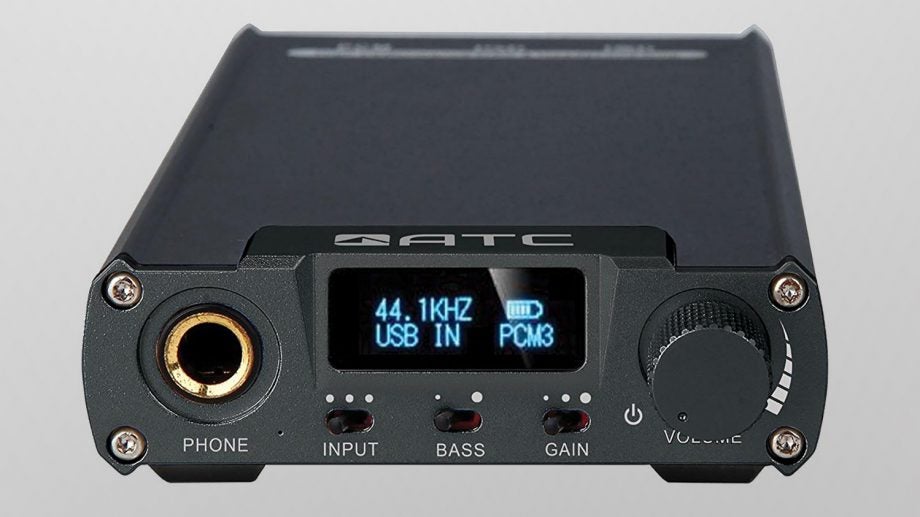
Verdict
Pros
- Well-engineered bodywork
- Warm, punchy sound with plenty of bass
- Good spec and audio features
Cons
- Balance might be too warm for some
- Could be more spacious and detailed
Key Specifications
- Review Price: £199.99
- XMOS XS1-U8 processor (USB) & Cirrus Logic CS8422 processor (optical/coaxial)
- AKM AK4490 DAC
- Supports PCM and DXD up to 384kHz/32-bit and DSD up to 11.2MHz
- Playback from Apple and Android devices up to 192kHz/24-bit PCM and DSD128
- 11-hour battery life (USB); 16 hours (digital); 23 hours (analogue)
- Gain, bass boost, SRC and DAC filter settings
- 0.91-inch OLED display
What is the ATC Audio HDA-P1?
The HDA-P1 is a headphone amplifier and audio DAC from Hong Kong-based ATC Audio, perhaps better known as a manufacturer of Apple accessories. It’s designed to enhance sound quality through high-end headphones, but thanks to its compact design you’re not limited to living room listening – strap it to your portable player and you can enjoy audiophile sound while you’re out and about too. Throw in a powerful spec and support for a wide range of audio formats, and the HDA-P1 looks like decent value for money.
Related: Best headphones
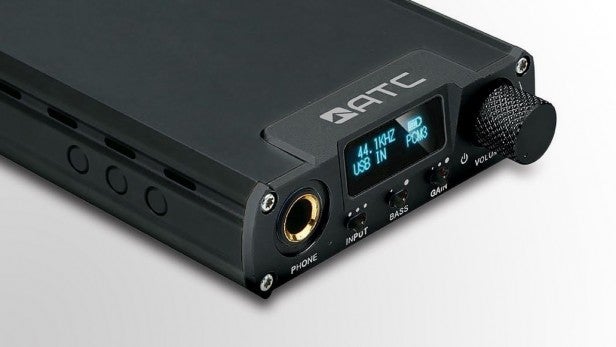
ATC Audio HDA-P1 – Design and Connections
The HDA-P1 has been built to a high standard, with rigid metal bodywork and solid, durable front-panel controls. The unit has a reassuring heft, but not to the point where it compromises portability. At 75mm wide by 139mm long, it’s roughly the same size as a wallet or phone, making it ideal for carrying it in bags or pockets.
The black styling is easy on the eye, with ridged sides providing a nice cradle for phones or music players – there’s a pair of rubber bands in the box for strapping them together. You’ll also find stick-on rubber pads that absorb vibrations when placed on a tabletop.
Nestled among the front controls is a 0.91-inch OLED display, which shows the selected input, audio sample rate, DAC filter mode and remaining battery life. It’s on the small side but proves very useful, and lends a sense of sophistication that’s lacking in some other portable headphone amps.
Below the display are three switches that let you select inputs or adjust the bass and gain settings. Bass boost offers a +6dB increase, while three gain settings offer a +3dB, +6dB and +15dB boost to drive high-impedance headphones. The switches are flanked by a volume/power dial and a 6.5mm headphone jack. Three further buttons are found on the right-hand side, allowing you to toggle through a series of DAC modes that alter the roll-off filter (four for PCM, three for DSD) and three sample-rate conversion settings for the coaxial/optical inputs (48, 96 and 192kHz).
Related: Best USB headphone amps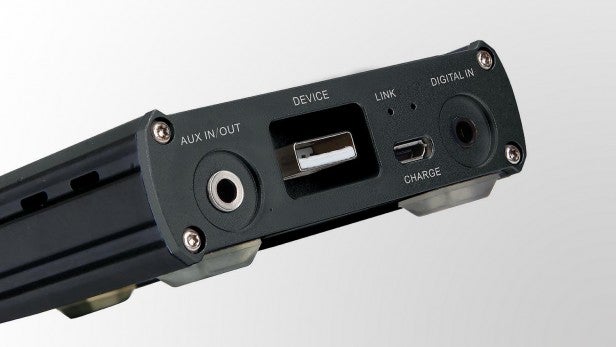
Rear sockets include a 3.5mm analogue input, a USB port, 3.5mm digital input and a micro-USB charge port. The digital input accepts optical and coaxial signals up to 192kHz/24-bit. When the digital or USB ports are selected, the analogue input switches to an output. The USB port is sunk into a recess, so you’ll need to connect using the supplied cable; a small red light indicates a successful connection.
Before connecting the USB port to your PC or Mac, you’ll need to install ATC’s USB driver, which comes on a rather old-school mini-CD. Alternatively, you can download it from the ATC website.
ATC Audio HDA-P1 – Features
USB processing comes courtesy of an XMOS XS1-U8 chip, which supports PCM and DXD up to 384kHz/32-bit (in asynchronous mode) and DSD up to 11.2MHz. Optical and coaxial signals are handled by a Cirrus Logic CS8422 chip, while digital-to-analogue conversion duties fall to AKM’s AK4490 – again with support for DSD, DXD and PCM.
Using a Lightning-to-USB camera adapter, you can connect Apple devices and play 192kHz/24-bit PCM and DSD128. The same signals can be played from Android devices over a USB OTG cable.
The HDA-P1 uses Texas Instruments’ OPA1612 amplifier and BUF634 high-speed buffer to generate 500mW of power into a 32-ohm load.
The battery offers approximately 11 hours of playback via USB, 16 hours via digital input, and 23 hours when using the analogue input. That should easily see you through a few days of commuting.
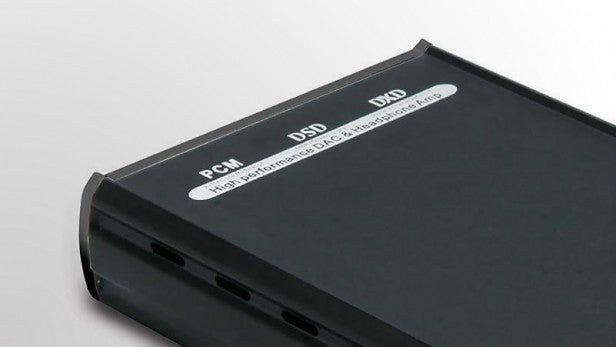
ATC Audio HDA-P1 – Performance
With a laptop connected via USB, playing songs across a range of resolutions, the HDA-P1 proves its worth with a warm and weighty sound. Music has more power and presence than it does through the laptop’s own headphone connection, making for a thoroughly satisfying listen.
Play ‘Insanity’ by Gregory Porter and his vocals are wonderfully rich and velvety, adding greater depth and texture to his distinctive baritone, while beefing up the piano and double-bass.
There’s easily enough muscle here to drive demanding high-end headphones, and you don’t have to go crazy with the volume dial, either. The HDA-P1 effortlessly brings scale and weight to epic musical crescendos and rocking guitar riffs. Listening to ‘I’ll Be Around’ by Tristan is an exciting, energetic experience thanks to the solid bassline, vigorous drums and punchy horns, while ‘Jesus Walks’ by Kanye West bangs with might and menace. 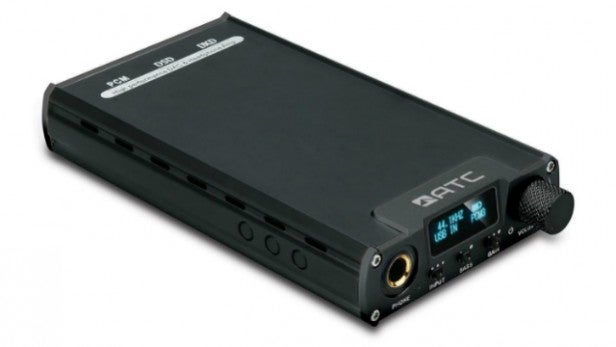
The agile bassline in ‘My Mama Told Me So’ by The Crusaders synchronises seamlessly with Stix Hooper’s metronomic drumming, making it impossible to keep your head still.
Admittedly, the P1’s warm, bass-heavy approach can be a little overbearing at times, particularly for fans of a leaner presentation. Even with bass boost and gain on the lowest settings, there’s a thickness to the sound that isn’t always appropriate – but thankfully, it never descends into full-blown mud.
The ATC creates a broad soundstage, in which instruments pan smoothly and decisively between cans. Placement is spot-on, giving you a convincing sense of your position within the performance. It could be a little more spacious, perhaps – all that warmth can be a little constricting – but the different instruments are cleanly separated.
Overall, the HDA-P1 offers a smooth, listenable sound with plenty of detail – certainly enough to set it apart from my laptop’s electronics. Treble has a clean, incisive quality, which aids rhythmic precision and promotes a sense of airiness. It’s nowhere near as finessed and insightful as pricier headphone amps such as the Moon 230HAD, but the fact that it isn’t far behind at a fraction of the cost is very impressive.
Also pleasing is the ATC’s ability to remain composed as you push the volume higher. There’s little evidence of straining or hardening up as you move into the upper half of the volume range.

Should I buy the ATC Audio HDA-P1?
The HDA-P1 is a terrific headphone amp at a great price. It’s solidly made, easy to transport, and provides lengthy battery life. A wide range of supported formats and resolutions plus a bunch of useful sound modes provide pleasing flexibility and control over music playback, and it’s all clearly displayed on the crisp OLED screen.
It’s a powerful performer for the money too, injecting plenty of bass punch, warmth and detail. Rival headphone amps might offer more insight and a leaner bass balance, but the bottom line is that the HDA-P1 represents a huge step up from your phone or laptop’s own headphone output, and therefore warrants serious consideration at this price.
Verdict
The HDA-P1’s big, beefy sound, decent spec and solid build quality add up to a very impressive headphone amp.

